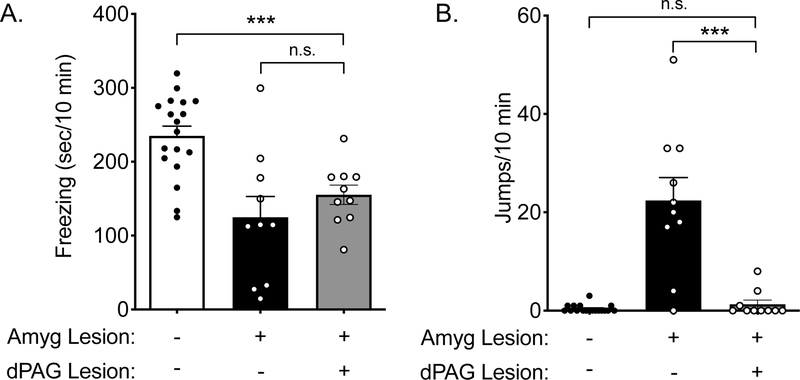Figure 4: dPAG lesions reduce jumping behavior in amygdala-lesioned mice.
10% CO2-evoked behavior of mice with both amygdala and dPAG lesions was compared to that of sham controls and mice with only amygdala lesions (from Figure 1). A) ANOVA revealed a difference in freezing among groups (F(2,35) = 11.35, p = 0.0002, n = 18, 10, 10). Planned contrast testing revealed that freezing in mice with both amygdala and dPAG lesions was less than in sham controls (***p = 0.0005) and similar to mice with only amygdala lesions (p = 0.3445). B) ANOVA revealed a difference in jumping among groups (F(2,35) = 30.00, p < 0.0001). dPAG lesions greatly attenuated the CO2-evoked jumping seen in amygdala-lesioned mice (***p = 0.0005) and mice with both amygdala and dPAG lesions exhibited similar jumping as sham controls (p = 0.6950).

